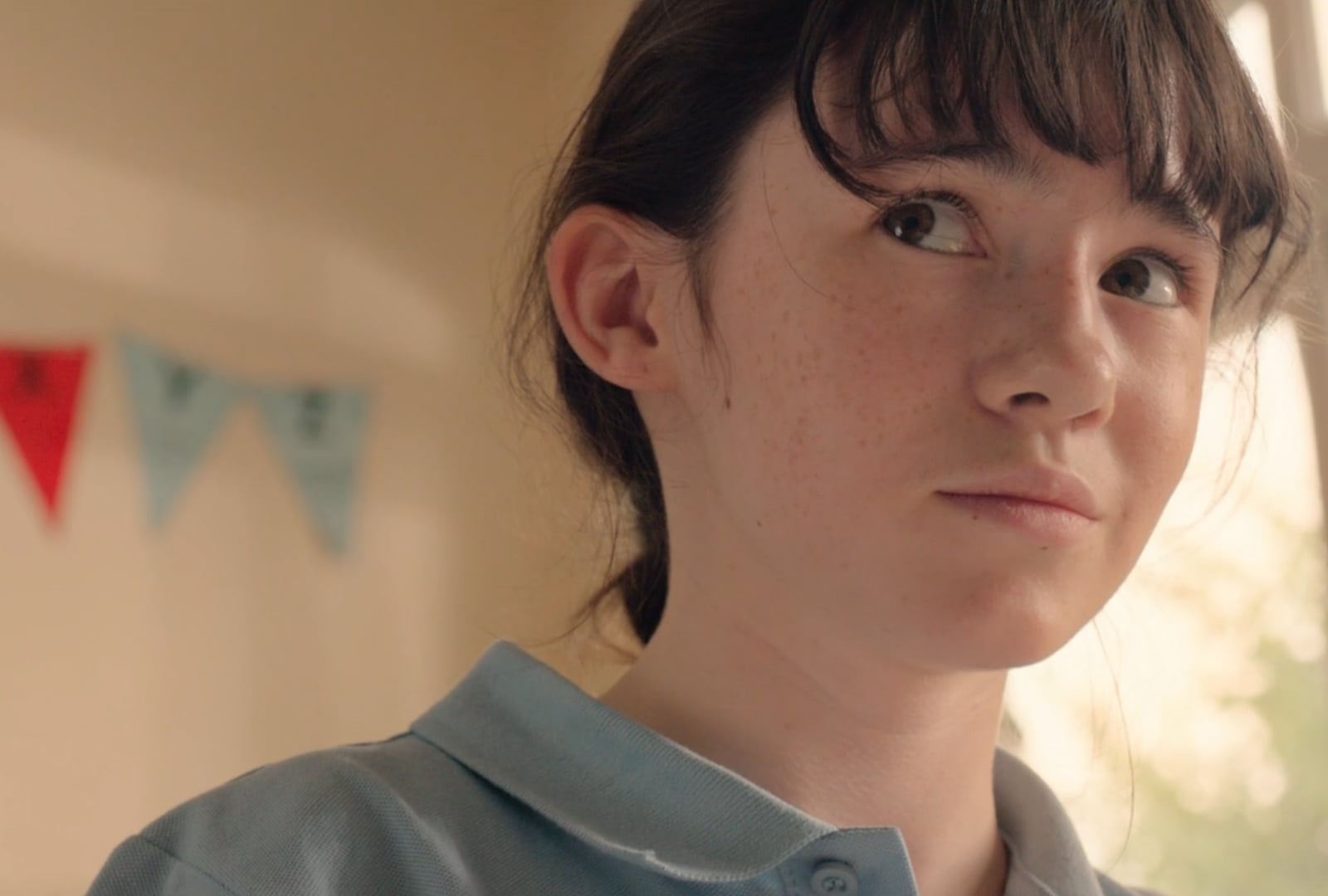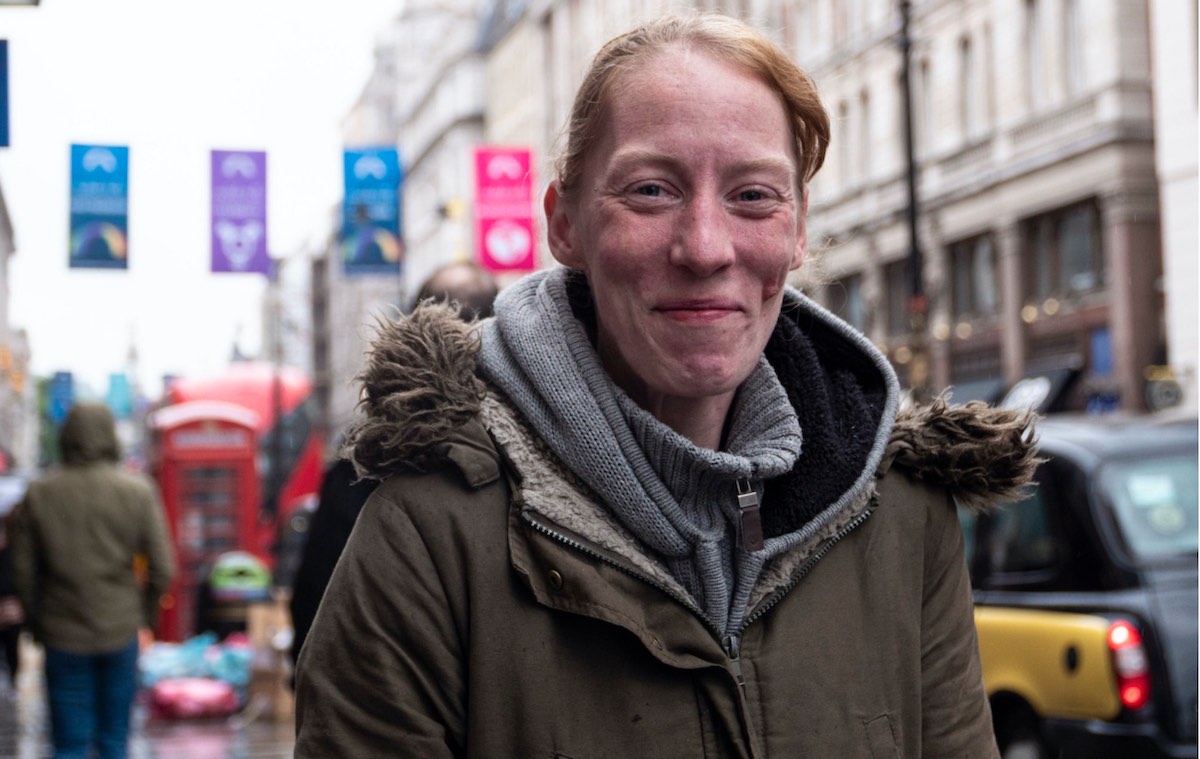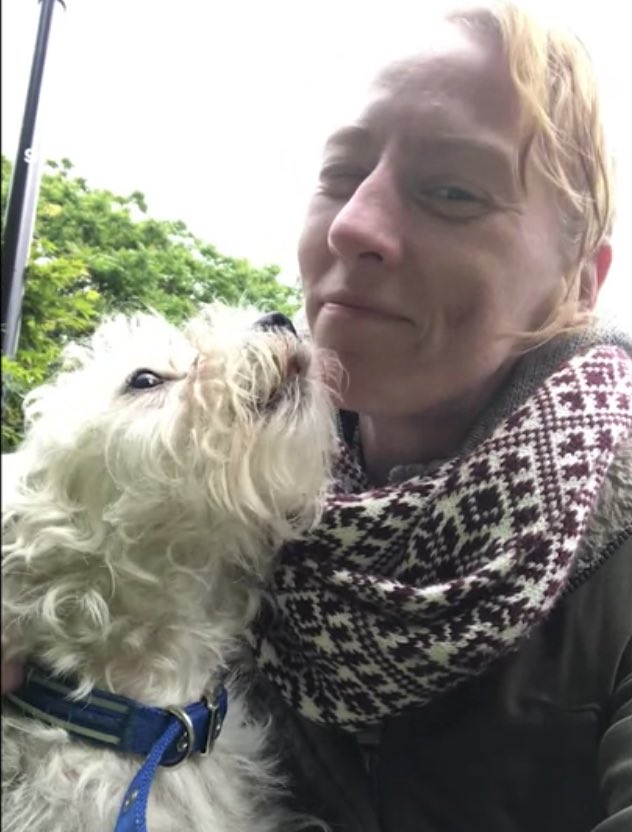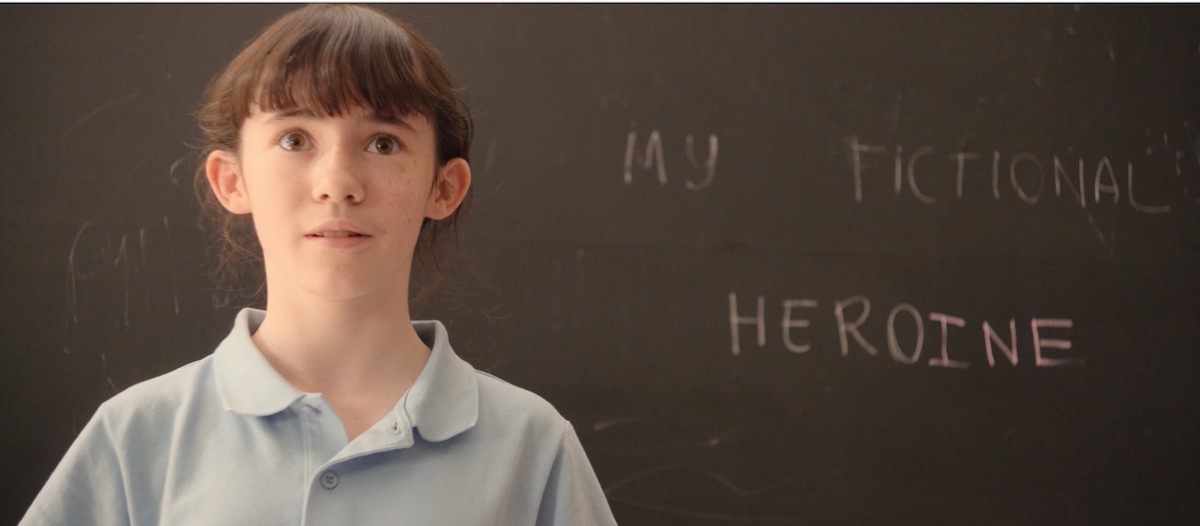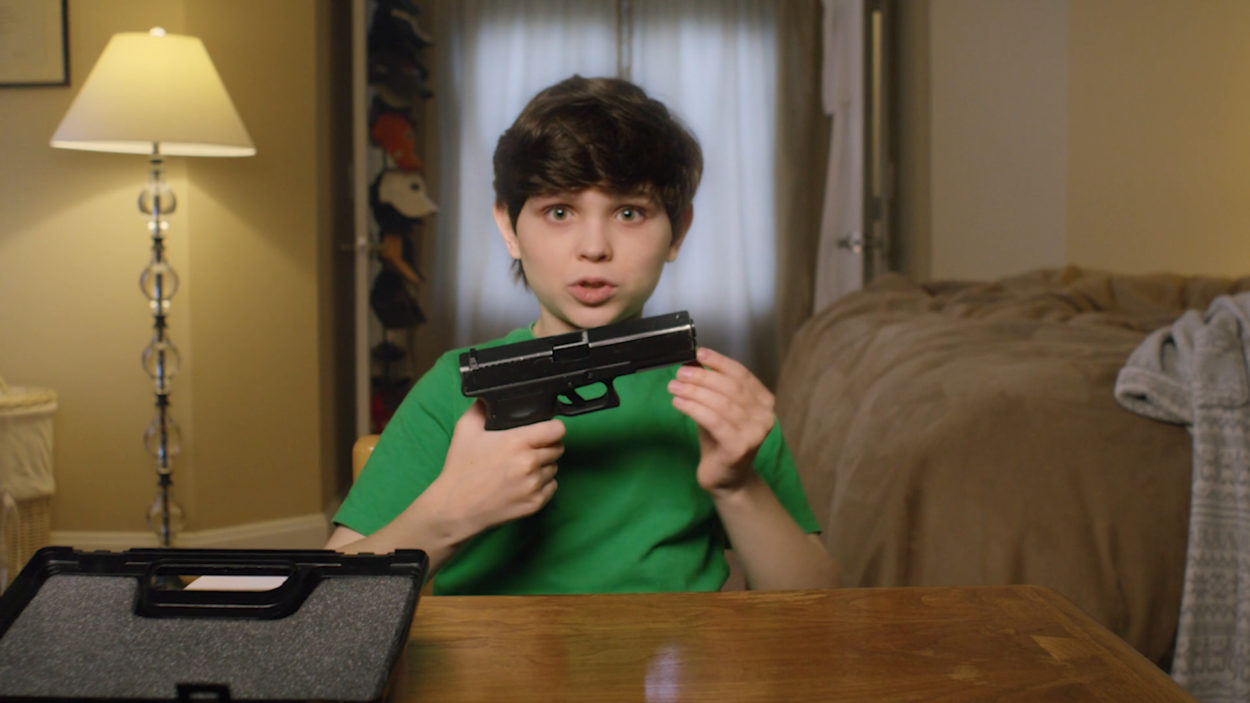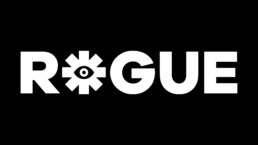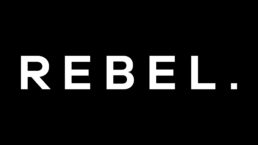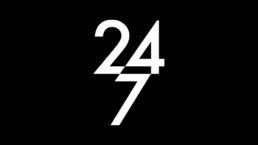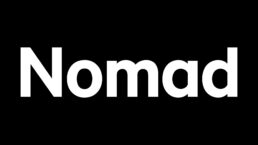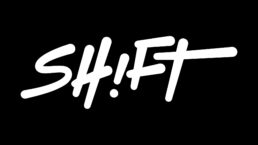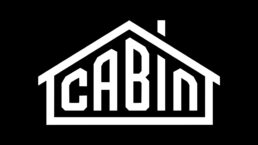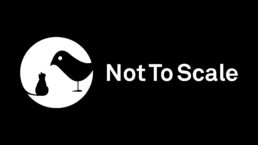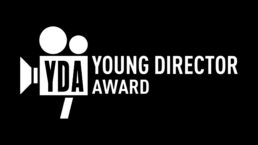Giulia, what was your childhood like? Whereabouts in Italy are you from and do you come from a creative family?
I have fond memories of my childhood: I was born and raised in Brescia, a provincial town not too far from Milan, in Northern Italy. It’s a pretty, peaceful place – I am incredibly lucky to be Italian because I feel like I grew up surrounded by beauty and people loving the pleasures of life. I attended a Catholic school run by nuns for thirteen years. Ate a ton of pasta. Devoured books and films.
My family is not in the film industry but used to be in interior design, which is equally creative. Sometimes at the dinner table we would speak of architecture and light, colours and textiles, product designers and their vision. Creativity is definitely a form of expression for us.
Tell us a bit about your journey into directing – did you go to film school or are you self-taught?
To be honest, I didn’t know directing could be a career until I moved to London aged nineteen and for the first time started meeting young people making short films. I finally applied to film school after three years of theory at King’s College London (my BA was in Literature and Film Studies).
Lily Blackham films her story of homelessness
Your docu-short mini-series, Home Stream, was the result of handing over an iPhone to members of the homeless community to document their lives. What sparked the idea for the project and how quickly did you manage to get it off the ground?
Home Stream to me was all about shifting perspective and point of view, giving storytelling power to the contributors experiencing homelessness rather than just pointing the camera at them. Don’t get me wrong, there are A LOT of amazing documentaries out there about homelessness. But the majority of them represent the perspective of the filmmaker rather than the person experiencing homelessness themselves. It was important to me to address and change that. I wanted the films to feel raw, gritty, digital and needed a camera that was handy and easy to use for the contributors, so filming on iPhone was a pretty straightforward choice.
Back in December 2018 I had a very well-formed idea and vision for it, but no support network or funding whatsoever. What really kickstarted pre-production was a pitching competition for young filmmakers organised by BFI Future Film and The Peoples Film Festival. I was selected to pitch the project at BFI Southbank in front of a jury and audience and won it! Home Stream took off from there.
What were the biggest practical challenges you faced during production, from casting to editing?
The hardest part was casting. In documentary filmmaking, finding the right contributors is so, so essential. They make the film really. And it’s not like you can rewrite their story to make it work as you would with a script or direct them as you would with an actor. They come as they are, and that’s the beauty of it. But it’s also the challenge. I was incredibly lucky to meet Lily: someone who was genuinely interested in telling her story as well as being sensitive, articulate and generous. But my co-producer Hannah Siden and I spent 6 months doing research, volunteering and networking before Lily came in the picture. It takes patience and time.
Lily Blackham and Misty
The project must have involved a great deal of mutual trust between you and the homeless people you were collaborating with. How did you establish and develop that bond? And how easy was it to strike a balance between allowing your collaborators freedom to tell their stories but also maintain a degree of creative control over the process?
The bond with Lily developed naturally and gradually. We spent around a month meeting up on a regular basis before filming, chatting about life, sharing stories and experiences. We got to know each other on a personal level basically, and I was always very genuine, honest and transparent with her about myself and the ambitions for the project. I’m very grateful Lily felt safe enough with me to share as much as she did in the film.
Lily and I carefully selected which chapters of her life she would touch upon in the film, which places from her everyday life to capture on camera, which parts to highlight and which ones to leave out. For me it was important for Lily to have the freedom to express herself, but keeping in mind that we were making a film, a visual piece of story-telling, a narrative with an emotional arc and narrative beats. The edit played a huge role in giving Lily’s footage justice, shape and rhythm. I’m so grateful to editor Colm McElligott for his creative contribution to this project.
How do you think the experience has shaped and influenced your filmcraft, particularly as you’d previously directed fiction rather than documentary?
The biggest lesson I learnt is that in fiction you write the film first, then you shoot it. In documentary, you first shoot and then write the film in the edit. Which means when you’re on a documentary set, you‘re constantly editing whatever you see and hear in your head, trying to find the structure, emotion, main narrative beats on the spot. It’s a skill that I now bring with me on fiction and commercial TV sets as well.
I also learnt to embrace the unexpected. I was a bit of a control freak on set before Home Stream – I still am. But I now recognise the creative value and joy of improvising, adapting, coming up with ideas in the moment as well as pre-planning obsessively. It’s still very important to me to overly prepare before going on set – but I’m now more open to experimenting and bending previous plans once there.
My Time
You’re not someone who shies away from difficult or even taboo topics – as well as homelessness, you’ve also explored menstruation (and societal constructs around it) in your short film, My Time. Tell us a bit about how you developed the narrative.
My Time was the first script I ever wrote and directed myself. It’s based on a memory of mine dating back to middle school. It was very important to me that the narrative maintained that feeling of a vivid childhood memory, a single, contained moment in time. That’s why the film is literally 6 minutes in the life of one character in one location. Once I understood the feeling I wanted to convey, it was all about creating as much tension and build-up as possible within such a short period of time. I like the characters in my films to start somewhere and end up in somewhere completely opposite, being pushed to the extreme in the process.
How important was it to end the film with a body positive and feminist outcome? Did you consider any other endings?
The truth is my childhood memory doesn’t have such a happy ending. My friend who had her first period in class and stained the chair was ridiculed and bullied for weeks. I had not had my period yet at the time and was terrified that the same thing would happen to me. I literally feared menstrual blood.
I knew straight away writing the script that I didn’t want my protagonist, my heroine, to go through the same suffering. I wanted her to rise up instead, to win – exactly as I would have wanted my childhood friend to do. I guess it was a way for me to make things right years and years later.
My Time
Having tackled the themes of homelessness and periods, what other topics are you keen to explore in future filmmaking projects?
I’m attracted to taboo, uncomfortable, social topics, especially starring female leads. A lot of my upcoming work (mainly in TV) focuses on the female point of view in male-dominated, highly competitive environments. I’m aiming to show characters and perspectives that have not been represented as much on screen in the past. Sometimes no matter how simple the premise of a story might be, if you tell it through the perspective of a woman there are high chances such a story has never been told before. And it’ll be a strong, intriguing, meaningful one to tell.
What are you working on at the moment?
I’m developing two drama mini-series, one in English and one in Italian, starring strong, young women at the helm. I’m also doing research for my debut feature film script. I’m not ready yet to give up on short form content though: I’m obsessively reading, observing, listening in search of my next short film idea. Something tells me it’ll be something out of my childhood memories!
Interview by Selena Schleh
Snapper Films website
Giulia Gandini instagram

